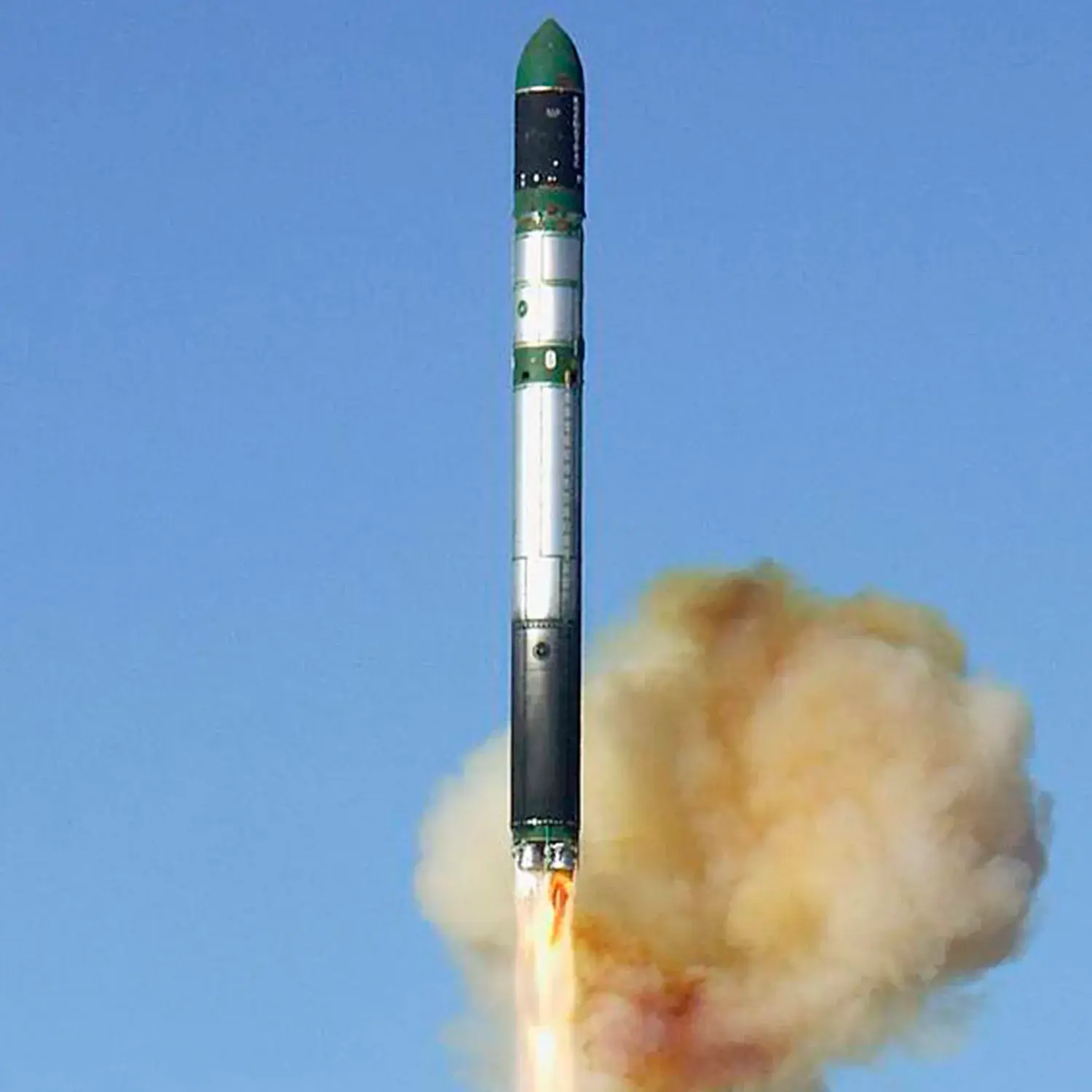EgyptSat 1 & Others
Launch Success
Liftoff Time (GMT)
06:46:40
Tuesday April 17, 2007
Mission Details
SaudiComsat 1 to 7
The satellites of the SaudiComsat series are the first generation of Saudi Arabian low orbit micro-communications satellites (12 kg each) for commercial use, for the purpose of store and forward communications. The satellites built at the KACST Space Research Institute are based on the Saudisat 1 design. Reportedly they are part of a 24 satellite constellation planed to be launched in the future with different orbits to cover large parts of the world.
Low Earth Orbit
7 Payloads
84 kilograms
EgyptSat 1
EgyptSat 1 (MisrSat 1) was Egypt's first Earth remote-sounding satellite. The satellite was jointly built by Egypt's National Authority for Remote Sensing and Space Sciences together with the Yuzhnoye Design Bureau in Ukraine. The satellite was based on Yuzhnoye's MS-1TK platform and featured an infra-red imager, an high resolution multispectral imager and a store and forward communications payload. The ground resolution wa 7.8 m in panchromatic and multispectral modes with a swath width of 46.6 km. For the infra-red camera, the resolution was 39.5 m with an swath width of 55.5 km.
Low Earth Orbit
1 Payload
160 kilograms
Saudisat 3
SaudiSat 3 is a follow-on to the earlier Saudisat projects. Larger than its precedessors, SaudiSat 3 uses high resolution imagers provided by SUNspace in South Africa and the for Space Research Institute of KACST for Earth observation.
Low Earth Orbit
1 Payload
200 kilograms
MAST
The MAST (Multi-Application Survivable Tether) Experiment is a low-cost CubeSat experiment to demonstrate space tether survivability. It consists of three tethered CubeSats. TUI and Stanford University's Space Systems Development Laboratory have teamed to develop and fly a small, very inexpensive experiment to demonstrate TUI's Hoytether technology and obtain on-orbit measurements of the degradation of space tethers by orbital debris and micrometeorites. The lifetimes of current single-line tethers are limited by damage due to meteorite and orbital debris impactors to periods on the order of weeks. Although single-line tether lifetimes can be improved by increasing the diameter of the tether, this incurs a prohibitive mass penalty. The Hoytether is a tether structure composed of multiple lines with redundant interlinking that is able to withstand many impacts.
Low Earth Orbit
1 Payload
3 kilograms
AeroCube 2
AeroCube-2 has a mass of 1 kg and was built by the American company Aerospace Corporation. The first one had been lost at launch during the previous flight.
Low Earth Orbit
1 Payload
1 kilograms
CSTB 1
The CSTB 1 (CubeSat TestBed 1) cubesat is a 1,5 kg nanosatellite for technical research. An Integrated Defense Systems Advanced Systems team of engineers at Huntington Beach, Calif., is building the spacecraft as a testbed for components that will be used in Boeing's development of nanosatellites.
Low Earth Orbit
1 Payload
1 kilograms
Libertad 1
Libertad 1 is the first Colombian satellite. It is designed and built by students of the Universidad Sergio Arboleda. The satellite was successfully deployed in orbit, but no signals were received.
Low Earth Orbit
1 Payload
1 kilograms
CAPE 1
The University of Louisiana at Lafayette launched its first earth orbiting satellite, CAPE (Cajun Advanced Picosat Experiment 1). The purpose of this satellite was to gather data while orbiting in space and transmit this data to the ground station on the UL at Lafayette campus. The team of engineering students will run experiments and maintain the satellite while in orbit. The CubeSat idea originated from Stanford University when a professor by the name of Bob Twiggs challenged his students to create satellites that followed CubeSat guidelines. The guidelines put forth by Professor Twiggs required that each satellite weigh up to 1 kg enclosed in a 10 cm cubic structure. The students working on this project hope to accomplish a greater understanding of satellite technology that goes beyond the classroom. The team also hopes to show that the University of Louisiana at Lafayette has many great opportunities in the College of Engineering.
Low Earth Orbit
1 Payload
1 kilograms
CP 3 & 4
CP 3 and 4 weigh 1kg each. They are built by students at California Polytechnic University. The first two (CP 1 and 2) were lost during the previous flight of Dnepr.
Low Earth Orbit
2 Payloads
2 kilograms
Launch Site
Stats
Dnepr
8th
Mission
1st
Mission of 2007
2007
14th
Orbital launch attempt

